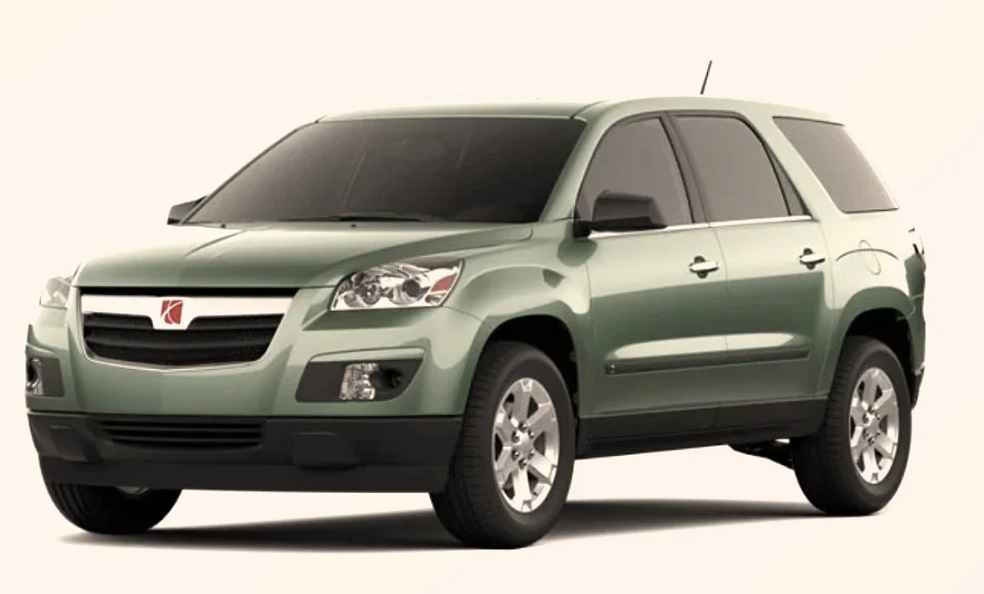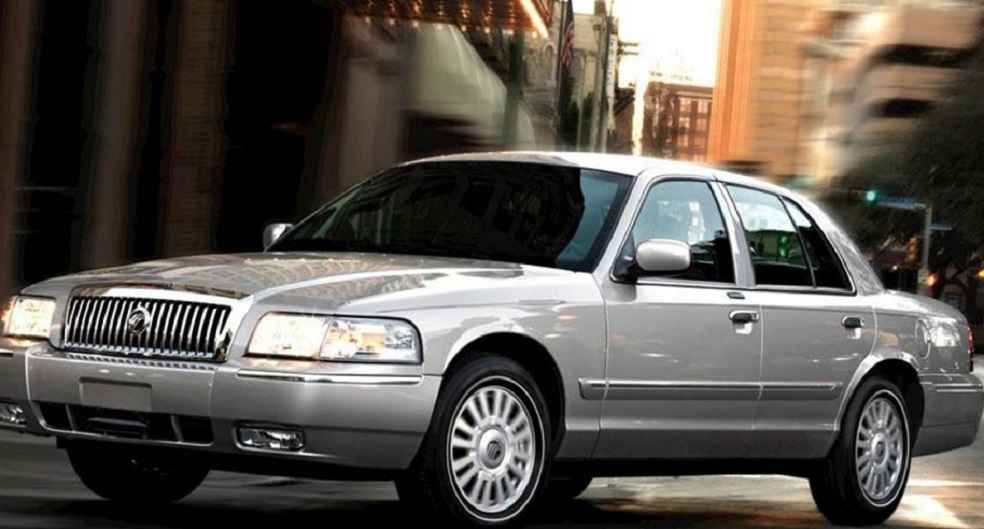Shocking Collapse: The automotive industry has weathered the tumultuous rise and fall of countless companies throughout its history. Numerous once-revered brands have disappeared from the market, leaving a trail of groundbreaking innovations and technological breakthroughs in their wake. In this article, we delve into the circumstances that precipitated the downfall of five prominent auto brands, examining the invaluable lessons gleaned and the significant repercussions their departures exerted on the industry.
Pontiac: The End of an Era for American Muscle

Pontiac, a division of General Motors, was known for producing high-performance vehicles such as the GTO, Firebird, and Trans Am. The brand’s downfall can be traced back to the 1970s when the oil crisis forced it to shift towards producing fuel-efficient cars. This move diminished Pontiac’s unique identity as a performance brand, and it eventually succumbed to GM’s restructuring efforts in 2010.
Saab: A Victim of Financial Turmoil

Saab, a Swedish automaker, was renowned for its quirky designs, safety innovations, and turbocharged engines. Despite its loyal fanbase, Saab faced financial struggles due to declining sales and stiff competition. General Motors’ acquisition of the brand in 2000 failed to revive its fortunes, and after a series of unsuccessful ownership changes, Saab declared bankruptcy in 2011.
Saturn: A Fallen Star in the Automotive Galaxy

Saturn was launched by General Motors in 1990 with the aim of competing against Japanese automakers in the small-car market. Known for its innovative “no-haggle” pricing and polymer body panels, Saturn enjoyed initial success. However, a lack of new models, increased competition, and GM’s financial woes in the late 2000s led to the discontinuation of the brand in 2010.
Hummer: The Heavyweight That Couldn’t Stand the Test of Time

Hummer, known for its rugged, military-inspired vehicles, was a symbol of American excess in the early 2000s. As gas prices surged and environmental concerns grew, consumer preferences shifted towards fuel-efficient cars. GM’s attempts to sell the brand in 2009 failed, and Hummer was officially discontinued in 2010.
Mercury: Fading Away in Ford’s Shadow

Mercury, a division of Ford Motor Company, was created to bridge the gap between Ford’s mainstream vehicles and Lincoln’s luxury offerings. Over time, however, the brand struggled to establish a distinct identity, as many of its models were simply rebadged Fords. In 2010, Ford decided to discontinue Mercury to focus on its core Ford and Lincoln brands.
The decline and disappearance of these iconic auto brands remind us of the ever-evolving nature of the automotive industry. As companies continue to adapt to changing market conditions, consumer preferences, and technological advancements, the stories of these fallen giants provide valuable insights into the factors that determine success and failure in the fiercely competitive automotive landscape.





